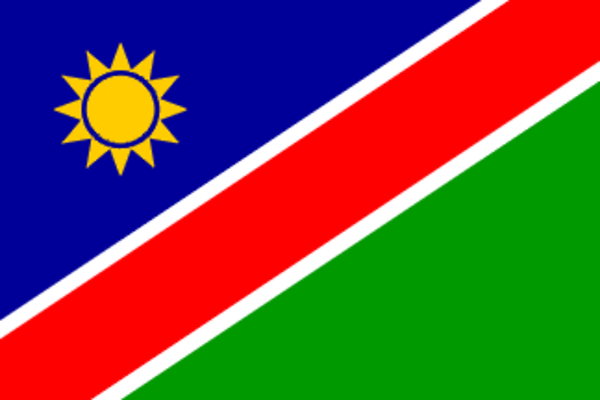Namibia

The Republic of Namibia is located in southwestern Africa. It neighbors Angola and Zambia in the north, adjacent to Botswana in the east and South Africa in the south. Its altitude ranges from 1,000 to 2,000 meters, the climate is dry and drier and has a subtropical and semi-desert climate. The country is divided into 13 administrative regions and 50 local governments, and its capital is Windhoek.
During the 15th and the 18th century, the Netherlands, Portugal, Britain and other colonists invaded Namibia in succession. In 1890 it was occupied by Germany. In 1960 the Southwest African People's Organization was established, and Namibia began to fight for national independence. In 1966, the United Nations General Assembly changed the country’s name into Namibia in accordance with the decision of the people of Southwest Africa. Namibia declared its independence in 1978.
Namibia is a vast and sparsely-populated country and is rich in mineral resources, with mining, fisheries and animal husbandry being the three traditional pillar industries, while its manufacturing is underdeveloped.